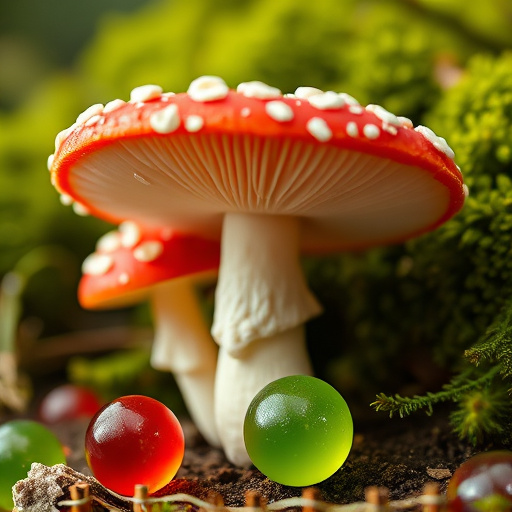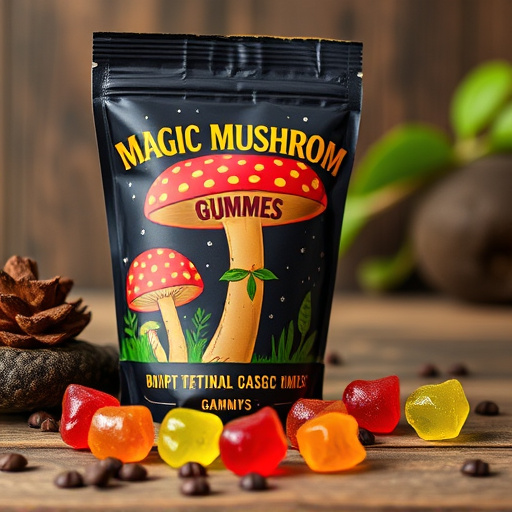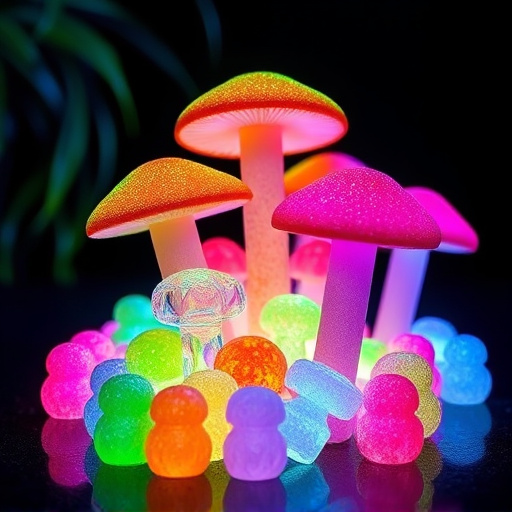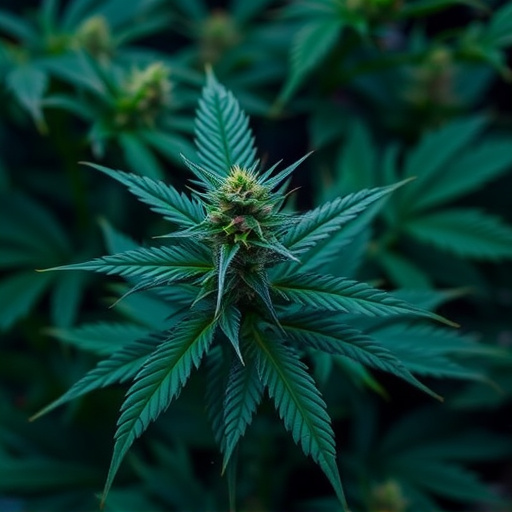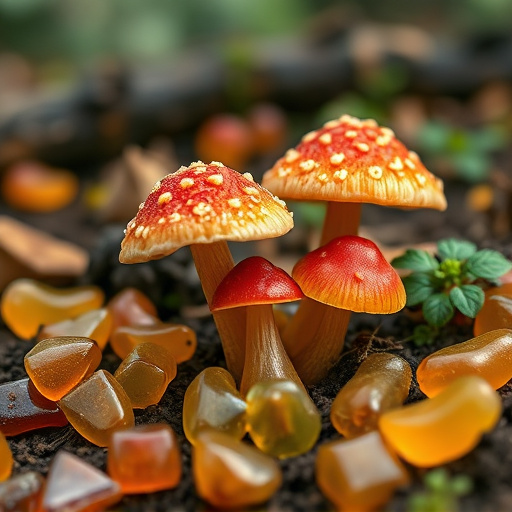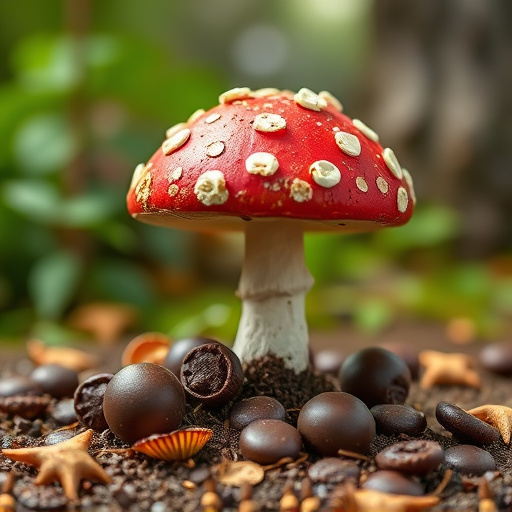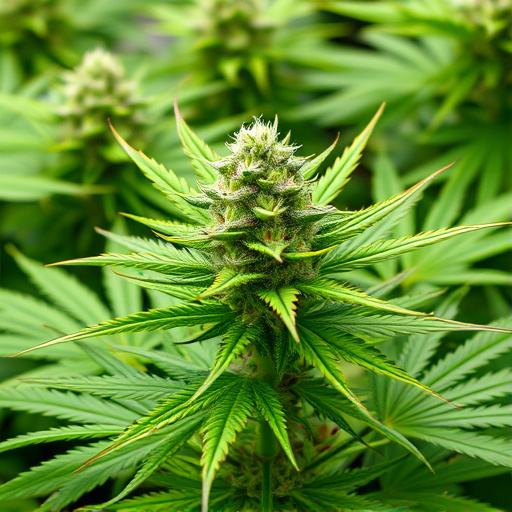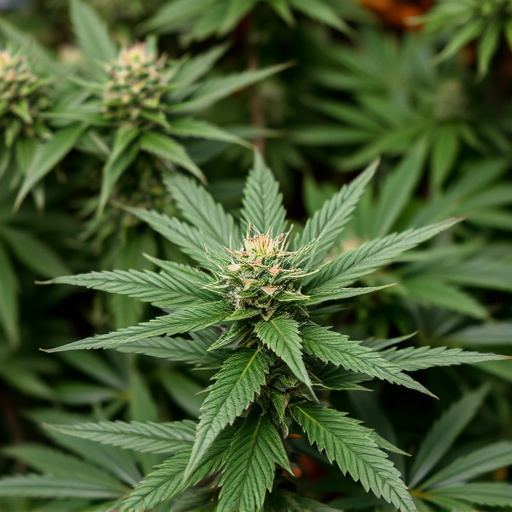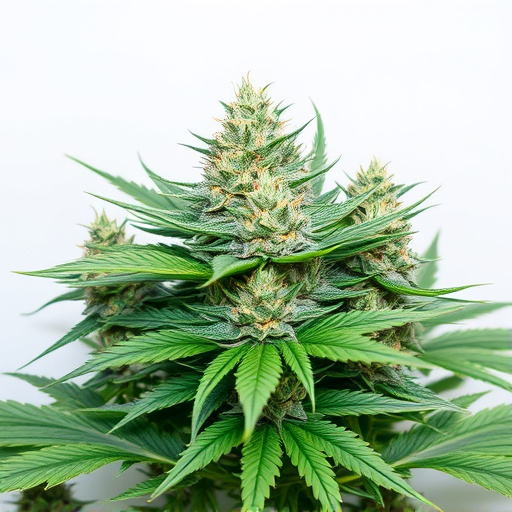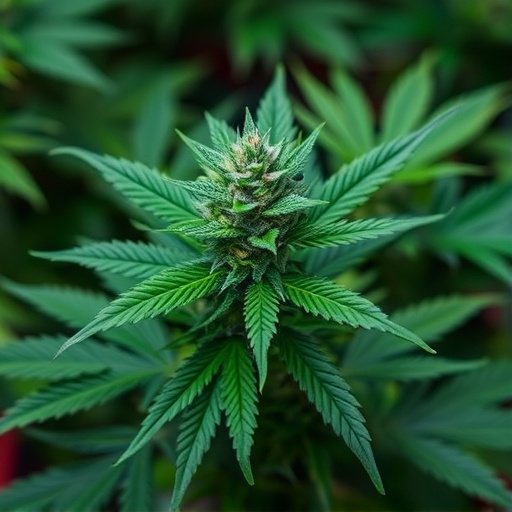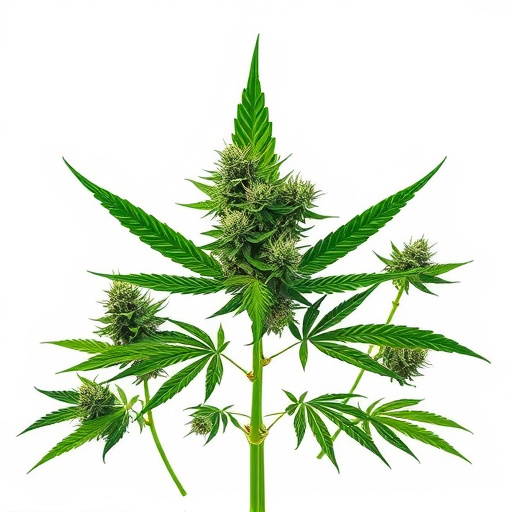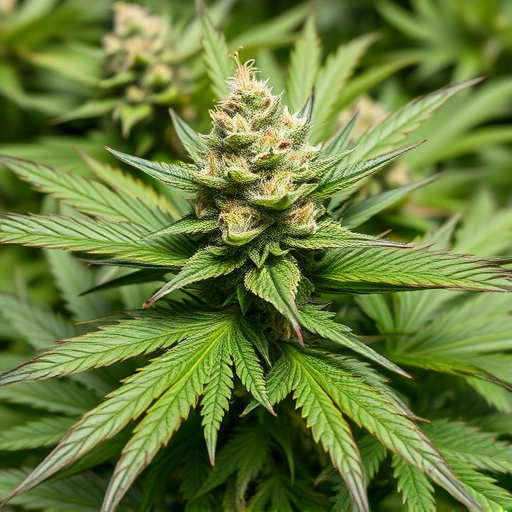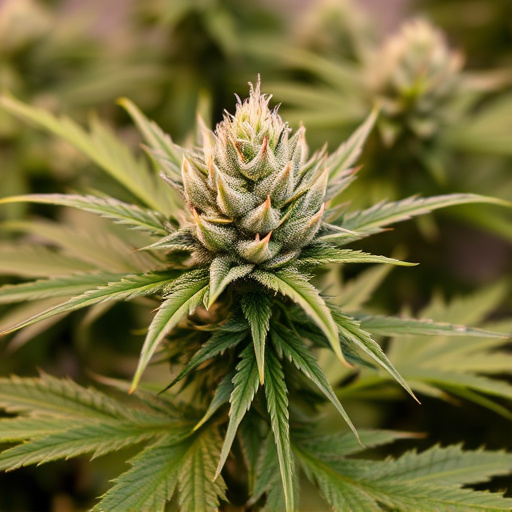The visual perception of cannabis, especially color, greatly impacts user expectations. Bright hues often indicate specific terpene profiles and effects, with growing demand for transparency driving this importance. While darker colors aren't tied to higher THC content as a myth suggests, understanding color roles in cannabis sativa strains is crucial for growers, dispensaries, and consumers to match visual appeal with expected experiences.
Discover how color impacts your cannabis experience! This article explores whether visual cues, like hue and saturation, truly reflect the potency of cannabis sativa strains. We delve into the science behind these plants’ chemical composition and dispel common myths about perceived potency gaps. Understanding the role of color in cannabis visual perception can help users make more informed choices.
- The Role of Color in Cannabis Visual Perception and User Expectations
- Scientific Insights on the Chemical Composition of Cannabis Sativa Strains
- Exploring the Perceived Potency Gap: Fact vs. Fiction Unraveled
The Role of Color in Cannabis Visual Perception and User Expectations

The visual perception of cannabis plays a significant role in shaping user expectations and experiences. Color, in particular, is a powerful sensory cue that can influence how individuals perceive and interpret their cannabis consumption. In the world of cannabis sativa strains, vibrant hues like deep greens, vivid yellows, and rich browns are not merely aesthetic; they often indicate different terpene profiles and potential effects. For instance, a bright yellow bud might suggest higher levels of limonene, known for its uplifting and refreshing properties, while a rich brown strain could hint at the presence of myrcene, which is associated with sedative and relaxing effects.
These visual cues have become increasingly important as consumers demand more transparency and specificity in their cannabis products. The way flowers are presented, from the packaging to the final display, can significantly impact customer expectations. Bright, vivid colors often evoke a sense of quality and potency, whereas muted tones might convey a different set of characteristics. As such, understanding the role of color in cannabis sativa strains is crucial for growers, dispensaries, and consumers alike, helping to bridge the gap between visual appeal and expected effects.
Scientific Insights on the Chemical Composition of Cannabis Sativa Strains
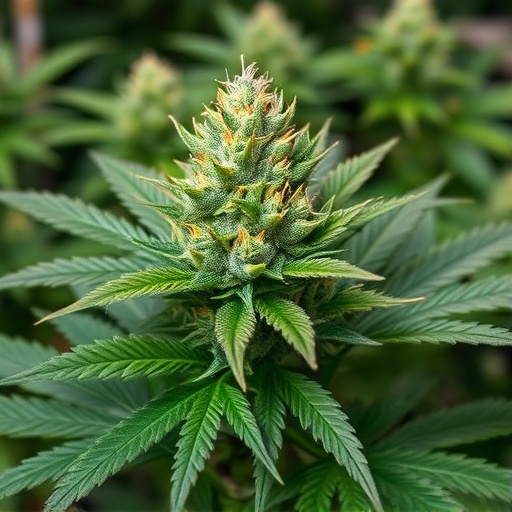
Cannabis Sativa Strains: Unlocking the Complexities
The scientific community has made significant strides in understanding the intricate chemistry behind cannabis sativa strains. These plants are known for their diverse chemical compositions, primarily consisting of cannabinoids and terpenes. Cannabinoids, such as tetrahydrocannabinol (THC) and cannabidiol (CBD), are responsible for the plant’s unique effects on the human body. THC is renowned for its psychoactive properties, inducing feelings of euphoria, while CBD has gained attention for its potential therapeutic benefits without the mental alterations associated with THC.
Research suggests that the potency of cannabis is influenced by various factors, including the specific cannabinoid profiles and terpene content. Terpenes, aromatic compounds found in many plants, contribute to the distinctive flavors and aromas of different cannabis sativa strains. The complex interplay between these chemical components creates a diverse range of experiences for consumers, making each strain unique in its effects and appeal.
Exploring the Perceived Potency Gap: Fact vs. Fiction Unraveled
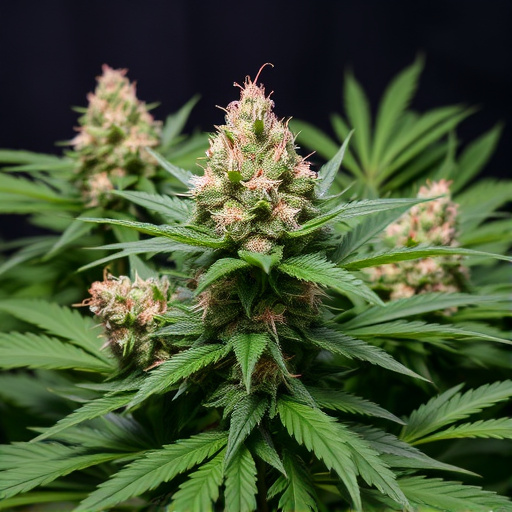
Many cannabis enthusiasts and even some industry professionals have long held the belief that certain colors in cannabis flowers correspond to specific potency levels, with darker shades implying higher concentrations of THC (tetrahydrocannabinol), the primary psychoactive compound responsible for its intoxicating effects. However, this notion remains largely a myth, as scientific evidence does not support such a correlation. The color of cannabis is primarily determined by the presence and concentration of various cannabinoids and terpenes, which play a more significant role in shaping the plant’s aroma, flavor, and potential therapeutic benefits than its visual appearance.
When it comes to cannabis sativa strains, the variety (or cultivar) and growing conditions are far more influential factors in determining potency. Different strains exhibit distinct cannabinoid profiles, with some naturally accumulating higher levels of THC or other cannabinoids like CBD (cannabidiol). Moreover, environmental factors such as sunlight exposure, temperature, humidity, and feeding regimes can dramatically affect the plant’s chemistry, leading to variations in potency across seemingly identical strains. Thus, relying on color as an indicator of cannabis strength is a superficial approach that fails to capture the complex interplay of genetic and environmental influences shaping these plants’ unique properties.
While color may capture our attention and influence expectations, it does not directly determine the potency of cannabis sativa strains. The perceived gap between expected and actual potency is often attributed to factors like strain variations, individual biochemistry, and consumption methods. Understanding the complex interplay of these elements empowers consumers to make informed choices and enjoy a more personalized cannabis experience.

